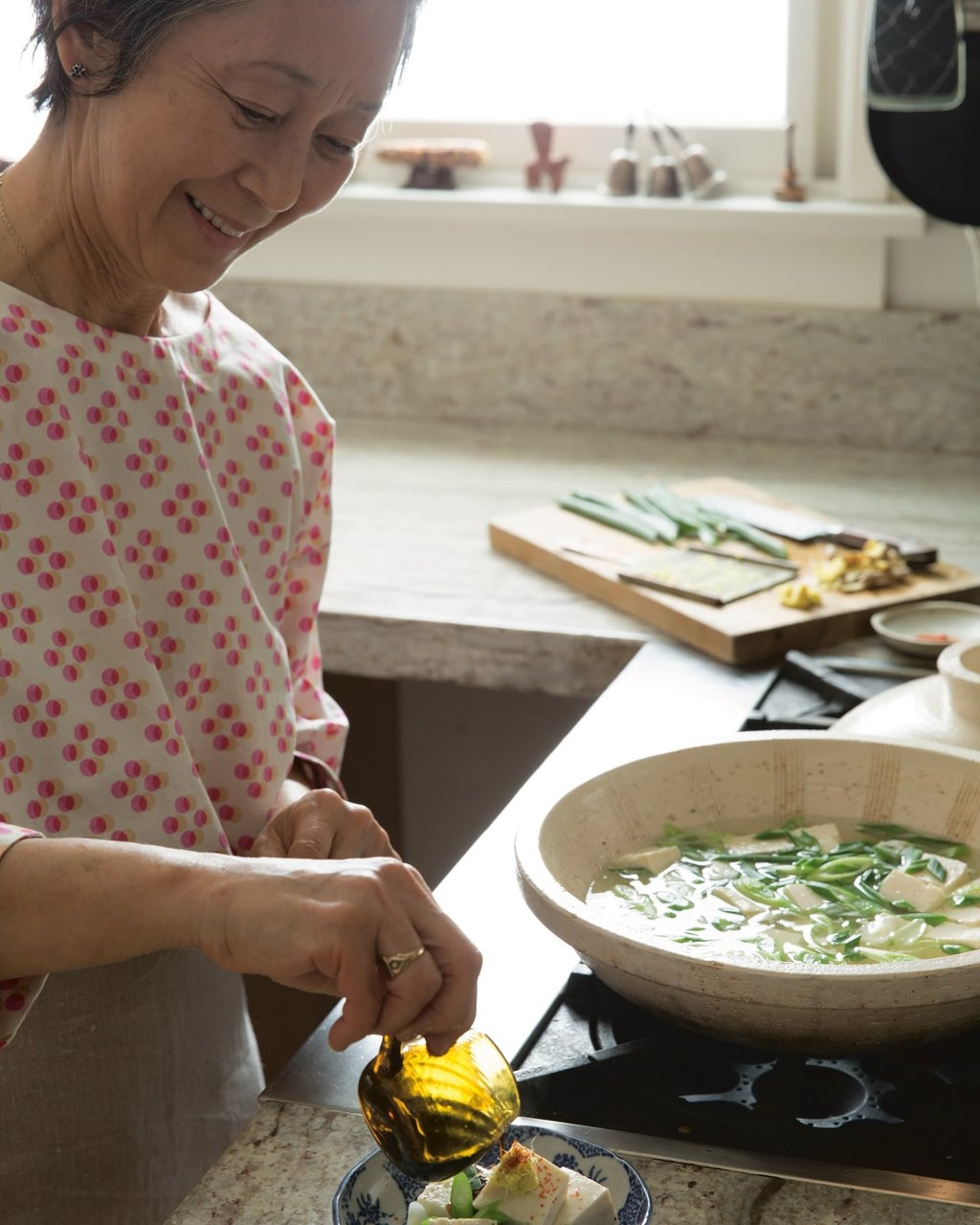Japanese fusion food with ‘little ninja’ ingredients is a cook’s twist on Western dishes
A Japanese-American cooking instructor routinely adds items like sake, soy sauce and ginger to Western dishes to cater to Japanese tastes

When Sonoko Sakai’s mother sneaked a little miso into her lasagne, she was not thinking of the kind of Japanese fusion that became an American dining craze in the 1980s.
Rather, she was doing what Japanese cooks had been doing for centuries: adapting to outside influences.
Many dishes now thought of as quintessentially Japanese are fusions once considered foreign to the country.

Each dish was adapted to be more, well, Japanese, said Sakai, a Japanese-American cooking instructor who explores this combination of influences in her new book, Wafu Cooking.
Wafu means “Japanese in style”. That could mean blending Western and Japanese flavours or even adjusting a dish’s presentation or sensibility to Japanese tastes.